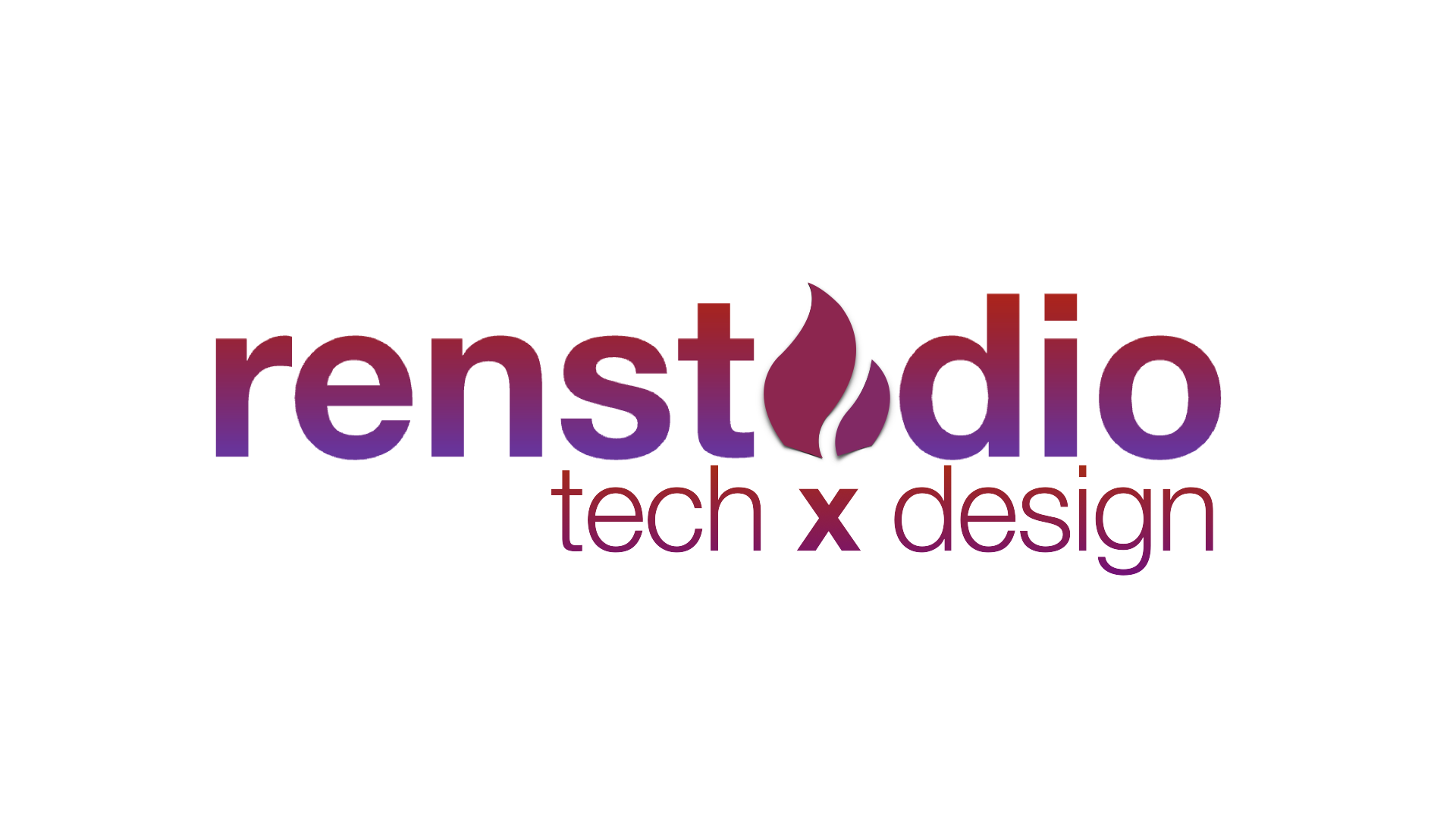by David Yim, Principal at REN Studio Pte. Ltd.
I am interested to explore how decentralised technologies and blockchain can reshape existing industries. As an experienced professional in the building and construction industry, I will explore in this article the potential for building facades to integrate with Web3 technologies. For both building owners and users, Web3 technologies unlock a range of benefits, from enhanced functionality and data-driven insights to increased engagement and sustainable practices. So exactly how can the convergence of Web3 and building facades meet and create a more interactive and user-centric experience?
Enhanced Functionality and User Experience
New possibilities open when Web3 technologies building facades to become dynamic interfaces. For example, smart facades are created when integrated with IoT devices, sensors, and real-time data sources, allowing users to interact with the building environment. This includes personalised climate control, adaptive lighting, and voice-activated features to seamlessly integrate into the façade, optimising human comfort and convenience. Imagine facades switching into immersive displays, showcasing content, art installations, and community drive experiences when coupled together with augmented reality (AR) and virtual reality (VR). The whole user experience is elevated within and around the building.
Efficiency and Real-Time Data Insights
When building facades are enabled by Web3 technologies, they can become valuable sources of real-time data, providing building owners and facility management with insights for efficient operations and maintenance. Data analytics and integrated sensors can monitor energy usage, occupancy patterns, and environmental conditions. By leveraging this data with AI and ML, building owners can optimise energy consumption, streamline maintenance processes, and proactively address issues. Smart contracts and blockchain technology can enable automated transactions, ensuring transparency and efficiency in utility billing and maintenance workflows. Having a data-driven approach enhances operational efficiency and supports sustainability efforts by identifying areas for improvement, reducing wasted energy, and optimising resource allocation.
Community Engagement and Foster Collaboration
Within buildings, owners can foster vibrant communities with Web3 technologies. Decentralised platforms and blockchain-based applications, building owners can facilitate community engagement, incentivise participation, and enable peer-to-peer collaboration.
Participation in Decision-Making: Through decentralised governance models, residents can actively participate in shaping the design, functionality, and overall aesthetic of the facades. Voting systems can be setup, allowing community members to express their preferences and contribute to the decision-making process. This inclusivity empowers residents to have a say in the building’s appearance, ensuring that it reflects their collective vision.
Collaboration Through Incentives: Web3 can create tokenised reward mechanisms and incentive structures that are linked to building facades. Building owners can distribute tokens or digital assets to community members who actively engage and contribute to the building’s façade-related activities. Residents can share their ideas, skills, and expertise in areas such as art installations, community events, or sustainability initiatives. The tokenised incentives can help create a greater sense of ownership and investment in the community, strengthening social cohesion and fostering a collaborative spirit among residents.
Sustainable Practices and Transparency
Through blockchain-based systems, energy usage data, carbon emissions and sustainability certifications can be securely stored and shared with stakeholders. This transparency fosters accountability and allows building owners to demonstrate a commitment to sustainability. In addition, a deployment of decentralised energy markets and peer-to-peer energy trading can enable renewable energy sharing within buildings or across a community, promoting clean energy adoption and reducing carbon footprints. The use of tokenised incentives can reward sustainable practices, encouraging occupants to actively participate in sustainability initiatives.
Conclusion
From enhanced functionality and data-driven insights to increased community engagement and sustainable practices, there are several benefits to consider pursuing when converging Web3 technologies with buildings and their facades. Embracing for synergy can help buildings become more dynamic, participatory, and environmentally responsible spaces.

